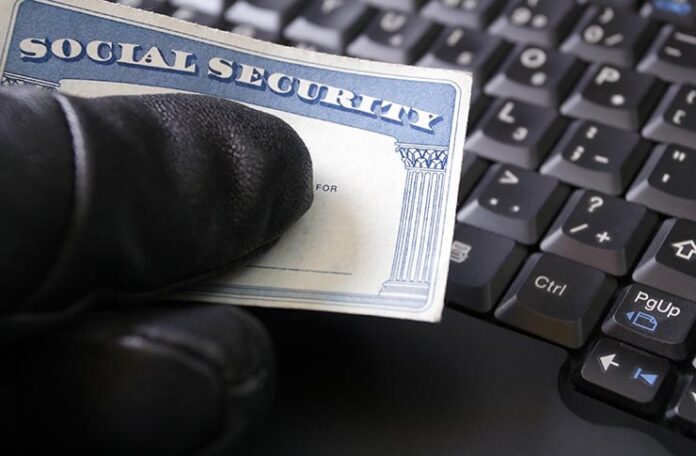
Nobody thinks their identity is going to be stolen, until it is. And it’s happening to more people each year.
Keeping sensitive, personal information on our computers, mobile devices and online is convenient and efficient, but it also provides thieves with a bountiful target. When thieves are able to get through our digital defenses, there’s no limit to the damage and frustration they can cause.

If you think that you may be the victim of identity theft, follow these nine steps to minimize the damage.
Identity Theft Recovery
- Notify the Federal Trade Commission (FTC) at www.identitytheft.gov. The FTC will help you create and manage a recovery plan, and even provide pre-filled forms and letters to submit to other organizations.
- Notify the fraud departments of your credit card companies and banks. Review credit card and bank statements and report fraudulent activity. You will likely need to close potentially compromised accounts and open new ones.
- Notify the companies where you know fraud occurred and request a freeze on accounts.
- Notify the three US credit reporting agencies (Equifax, Experian and TransUnion) and request a fraud alert. Fraud alerts notify anyone that checks your credit that your identity may have been stolen.
- Review a copy of your credit report from each of the three agencies and report fraudulent or suspicious activity.
- Contact local police and submit a report. Retain a copy of the report for your records.
- Notify your health insurance and medical care providers to ensure that your identity and information is not fraudulently used to pay for medical care or prescription drugs.
- Notify the IRS if your Social Security Number was used to file a fraudulent income tax return.
- Change usernames, passwords and pin numbers on all accounts.
The FTC website provides helpful information for handling different types of identity theft and their repercussions.




